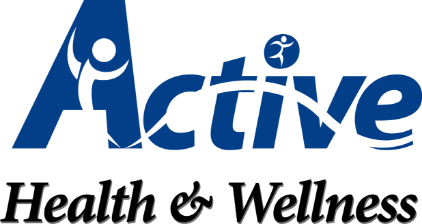Whole Body Cryotherapy Frequently Asked Questions
Common Questions Answered
Who developed the cryotherapy technology?
Whole body cryotherapy was originally developed in Japan in 1978, and the benefits have been studied and refined in Europe since that time.
Researchers in Europe have been developing and refining cryotherapy for more than two decades.
The Cryosauna uses gasiform nitrogen to lower the client’s skin surface temperature from normal body temperature to 30 degrees Fahrenheit in 30 seconds or less and keeps it that way for two-three minutes. The skin reacts to the cold and sends messages to the brain that acts as a stimulant to the regulatory functions of the body. It produces the scanning of all areas that may not be working to their fullest potential.
Is nitrogen dangerous to human beings?
No, it isn’t. Nitrogen is a non-toxic gas. The air that we breathe is made up of 16% Oxygen, 1% Hydrogen, 78% Nitrogen and 5% of other components.
Before entering the Cryosauna, clients are required to dress in protective clothing composed of cotton socks and cotton underwear (for men). You will also be provided with a bathrobe, which you will remove once you are inside the cryochamber and the door is closed. Only your hands and face are visible to the operator during the procedure, so modesty is preserved at all times.
How do I feel after I finish a treatment?
During each session the body releases endorphines, which are hormones that make you feel good and energetic. The buoyant effects from each session last at least six – eight hours.
How many treatments should I take to achieve optimal results?
If simply wanting to heal and recover faster following an injury one session may be enough. Before doing any sessions, you will have any evaluation and be recommended the best course of care for your specific condition. Depending on the condition, you may initially take 6 – 10 treatments in close succession (separated by 1-2 days – e.g. 3x/week) to maximize your results. After that you can take fewer treatment spaced further apart to maintain and improve on your results (e.g. once every week or two weeks).
Can I catch a cold because of this procedure?
No. The immediate cold impact of the cryosession will raise the internal body temperature for a short period of time. The stimulation of the immune system can help decrease the severity and frequency of future colds.
I am claustrophobic. May I use whole body cryotherapy?
Yes, you may. The door is never locked and you may step out at any moment. The chamber is open to the top and your head is raised above the level of the upper rim of the chamber.
Do I have to take a shower before and/or after the procedure?
No, you don’t. This procedure is absolutely dry and does not make your skin wet.
Who should not use whole body cryotherapy?
The following conditions are contraindications to whole body cryotherapy: Pregnancy, severe Hypertension (BP> 180/100), acute or recent myocardial infarction, unstable angina pectoris, arrhythmia, symptomatic cardiovascular disease, cardiac pacemaker, peripheral arterial occlusive disease, venous thrombosis, acute or recent cerebrovascular accident, uncontrolled seizures, Raynaud’s Syndrome, fever, tumor disease, symptomatic lung disorders, bleeding disorders, severe anemia, infection, claustrophobia, cold allergy, age less than 18 years (parental consent to treatment needed), acute kidney and urinary tract diseases.
What are the risks of whole body cryotherapy?
Whole body cryohtherapy is very well tolerated and has minimal risks: Fluctuations in blood pressure during the procedure by up to 10 points systolically (this effect reverses after the end of the procedure, as peripheral circulation returns to normal), allergic reaction to extreme cold (rare), claustrophobia, anxiety, activation of some viral conditions (cold sores) etc. due to stimulation of the immune system.


